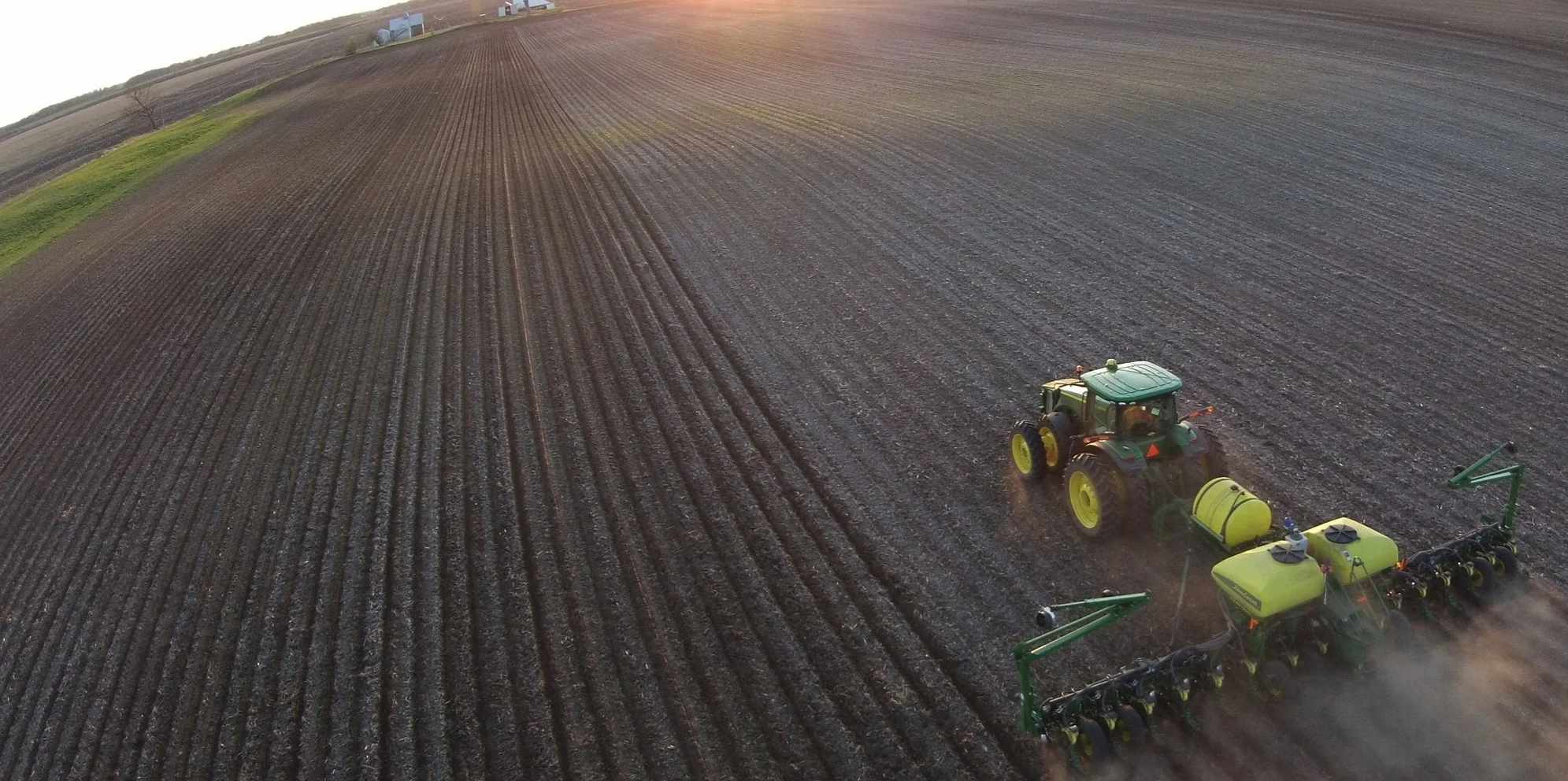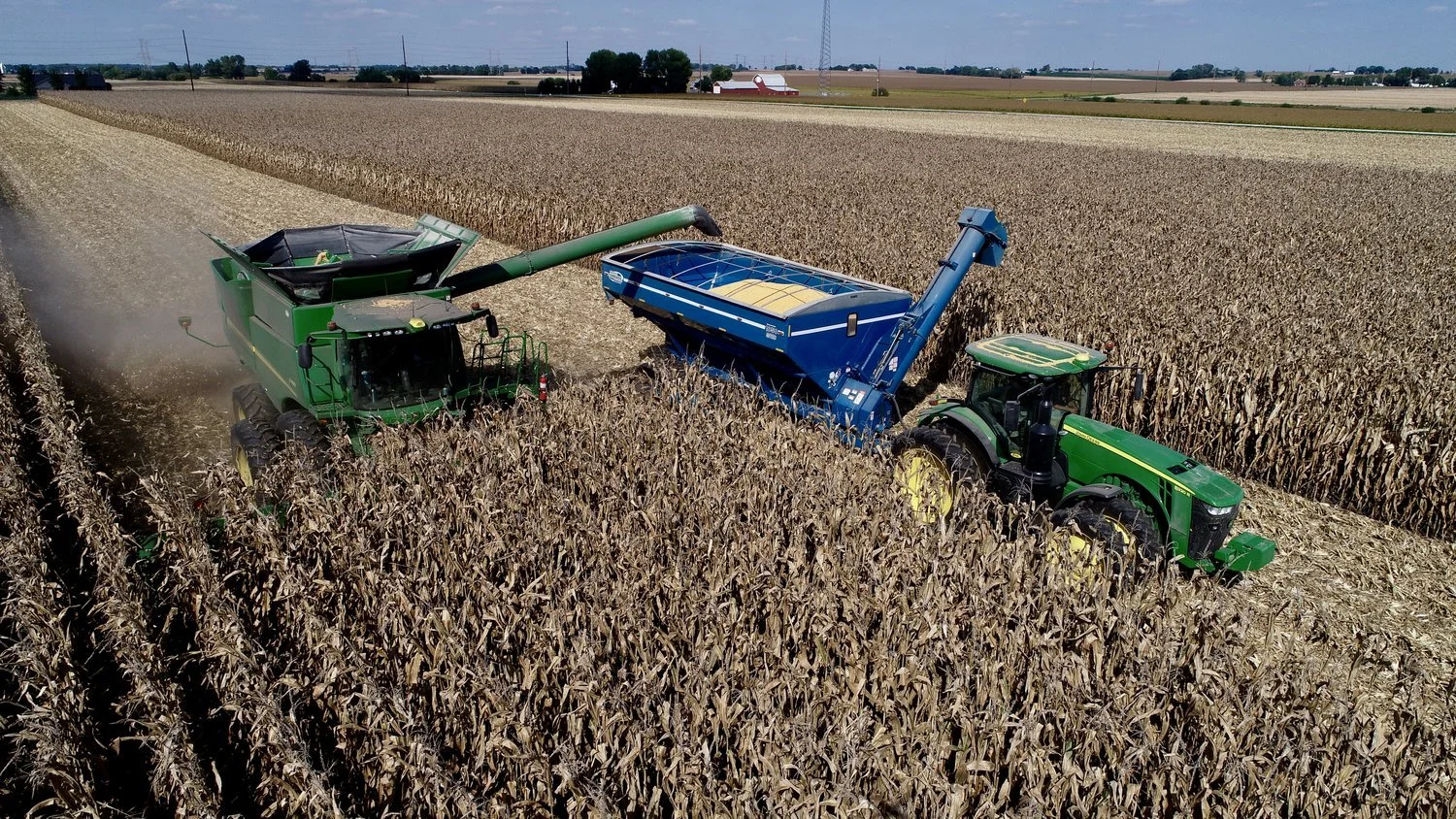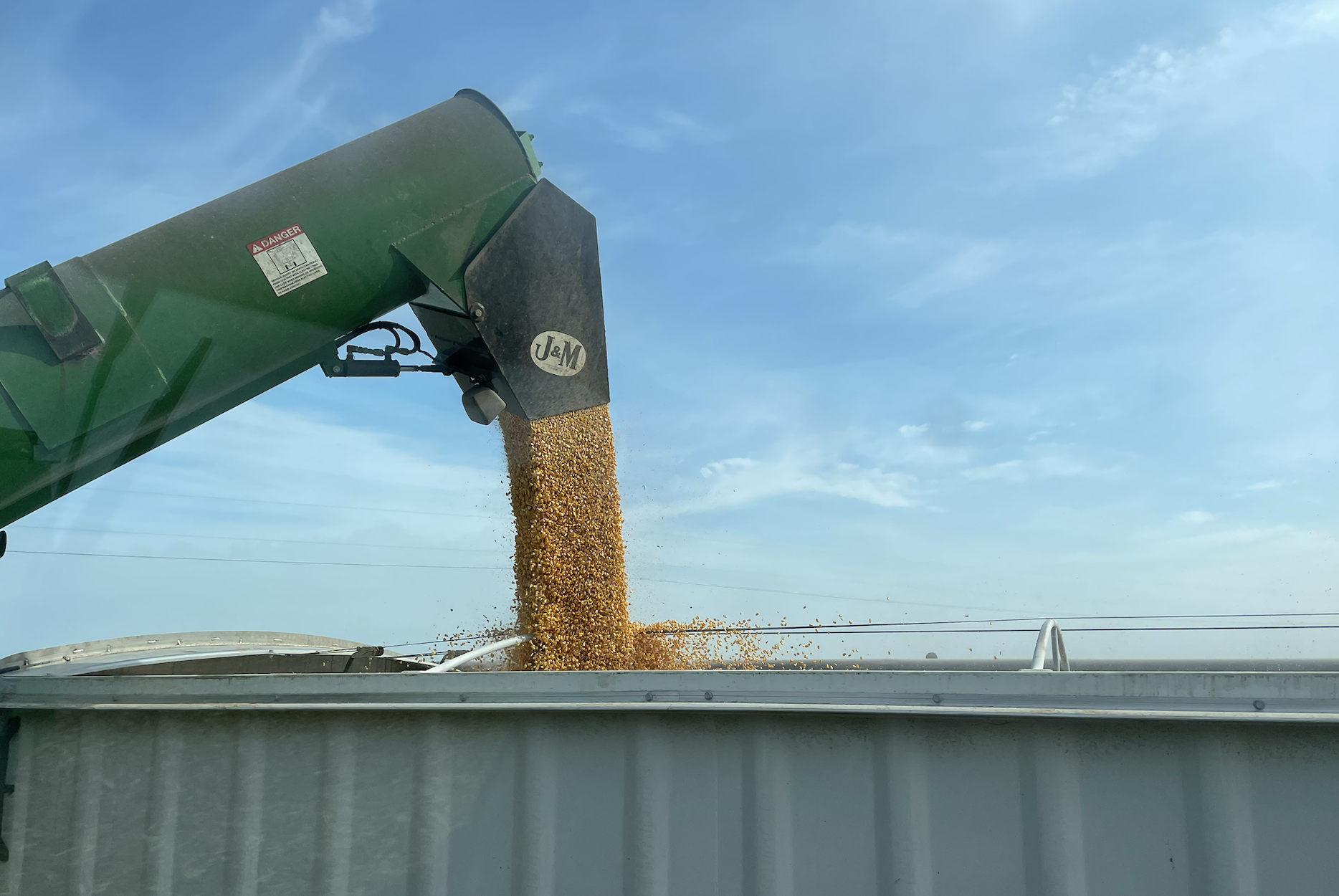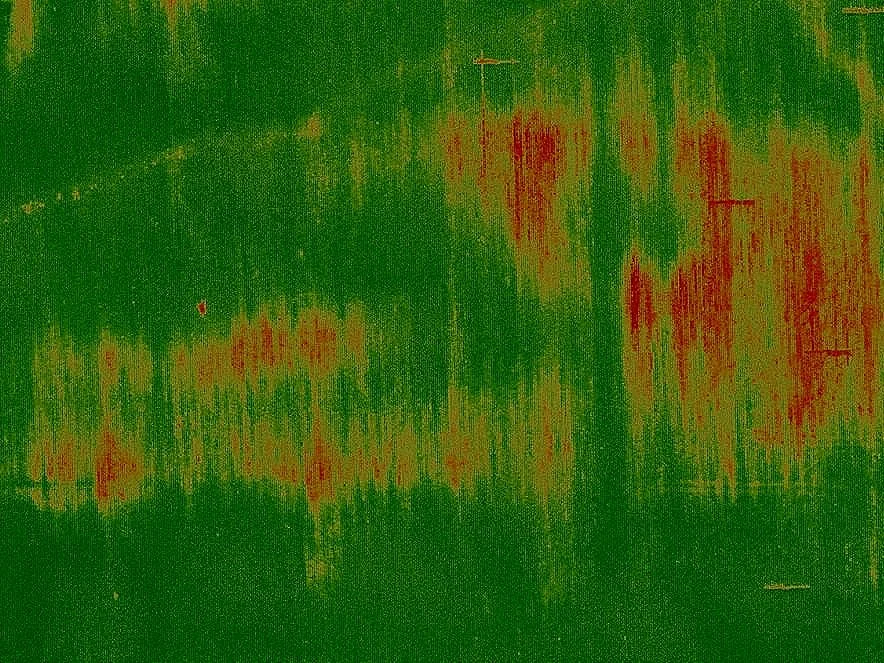Updated Core Principles for Ag Data (2024)
/In 2014, American Farm Bureau Federation led industry roundtable discussions about collection, use, and sharing of agricultural data from farmers. The result of those discussions was the creation of a document called the Privacy and Security Principles for Farm Data, what later became knowns as the “Core Principles” for ag data. Over 37 companies quickly pledged to uphold these principles in 2014 (many failed to live up to that pledge). The Ag Data Transparent (ADT) used these principles as the foundation for the ADT certification, which over 40 companies have achieved. But technology (and farming) does not stand still, so in 2023 the ADT formed a committee to review and update the Core Principles, which were unanimously approved and adopted by the ADT organization. Ten years after they were first published, here are the updated Core Principles for Ag Data (2024):
Ag Data Core Principles
Introduction:
The evolution of precision agriculture and collection of agricultural data is providing farmers with tools to increase productivity and profitability. These core principles were originally developed by farmers, commodity organizations, and ag technology providers in 2014. The Ag Data Transparent (ADT) organization has updated these core principles to guide agricultural technology providers with how best to approach collection, use and sharing of agricultural data from farmers.
For the purpose of these principles, “Providers” means those companies that intend to collect, use, or share ag data from farmers. “Farmers” means those persons and organizations engaged in growing crops, raising livestock, and producing food, fiber, or fuel products. Farmers include growers, ranchers, and producers. “Members” means organizations and companies that support the ADT and align with its mission. Although not mandatory, members of the ADT should strive to incorporate these core principles into their contracts with farmers.
Farmer Education:
Farmer education is a valuable component for ag data transparency. Members of the ADT should work to develop educational programs to educate customers to understand their rights and responsibilities. Members should also work to educate and engage other stakeholders on the importance of data transparency. The ADT certification is one way for providers to help educate farmers.
Simple Contracts:
Providers should strive to draft contracts using simple, easy to understand language. When possible, providers should incorporate all of the relevant terms and conditions regarding data collection and use into a single, data use agreement or policy.
Ownership and Control:
The ADT’s core principles are based upon the fundamental belief that farmers should own information originating from their farming operations. The farmer contracting with the provider is responsible for ensuring that only the data they own or have permission to use is provided to their account with the provider. If the provider intends to transfer ownership or control of ag data from the farmer to the provider, the contracts should clearly state how and when such transfer occurs.
Collection:
Providers should define the specific categories of data they may collect from farmers, including: agronomic data, land data, farm financial and management data, machine data, weather data, and livestock data. A provider’s collection, access and use of ag data should be granted only with the explicit consent of the farmer in digital or written contracts. Providers should not collect data that is outside of the consent provided by or awareness of the farmer. Providers using on-farm remote devices to collect data should obtain consent prior to use of such devices.
Notice of Changes:
Providers should notify farmers when the data agreements change and provide a summary of the changes. Farmers should have the opportunity to consent to the changes.
Transparency:
Providers shall inform farmers about the purposes for which they collect and use ag data. Providers shall provide information about how farmers can contact the providers with any inquiries or complaints. Providers shall explain the choices the providers offer for limiting its use and disclosure. A provider’s operating principles, policies and practices should be transparent and fully consistent with the terms and conditions in their published legal contracts. Providers should explain whether ag data will be used in training machine learning or artificial intelligence models.
Choice:
Providers should explain the effects and abilities of a farmer’s decision to opt in, opt out or disable the availability of services and features offered by the provider. If multiple options are offered, farmers should be able to choose some, all, or none of the options offered. Providers should provide farmers with a clear understanding of what services and features may or may not be enabled when they make certain choices.
Portability:
Farmers should be able to retrieve their ag data for their own use or use in other platforms, with the exception of the data that has been made anonymous or aggregated and is no longer specifically identifiable. Non-anonymized or non-aggregated data should be easy for farmers to retrieve in a usable format and in a reasonable time following a request.
Identity of the Provider:
Farmers should know with whom they are contracting. Providers should explain if sharing data with the provider also involves sharing data with the provider’s business partners, affiliates, or parent companies.
Identity of Data Partners:
Providers should clearly define the third-parties that may have access to ag data, including:
integration partners—connecting the farmer’s ag data to another provider’s platform;
business partners—companies that might have access to the farmer’s ag data through a business relationship;
affiliates—companies that might have access to ag data because of a corporate relationship with the provider; and
trusted advisors—persons trusted by the farmer to access their ag data.
If these definitions are not used, providers should define each alternative term in the contract. Providers should strive to use clear language for their defined data partners.
Disclosure and Sale Limitation:
A provider should not share or disclose original ag data with a third party in any manner that is inconsistent with the contract with the farmer. Providers should pursue business opportunities with a good faith effort to protect the ag data rights in contracts established with their farmers. The provider should explain what happens to ag data if the provider is sold. The farmer should be notified before or after the sale and given the option of deleting their ag data.
Data Retention and Deletion:
Each provider should explain what rights the user has to request deletion of ag data. If the contract terminates or the farmer ceases using the platform, the contract should explain what obligations the provider has to retain the farmer’s ag data.
Termination:
Farmers should be allowed to terminate a service or halt the collection of ag data at any time. Procedures for termination of services should be clearly defined in the contract.
Anti-Competitive Activities:
Providers should not use ag data for unlawful or anti-competitive activities, such as using ag data to speculate in commodity markets.
Anonymization and Aggregation:
Providers should explain whether a farmer’s ag data is included in anonymized and aggregated datasets. Providers should explain whether a user can opt-out of aggregated datasets. Anonymized datasets should be constructed to avoid identification of a single farm or user.
Security:
Ag data should be protected with reasonable security safeguards against risks such as loss or unauthorized access, destruction, use, modification or disclosure. Providers should establish clear policies for notification and response in the event of a breach.











